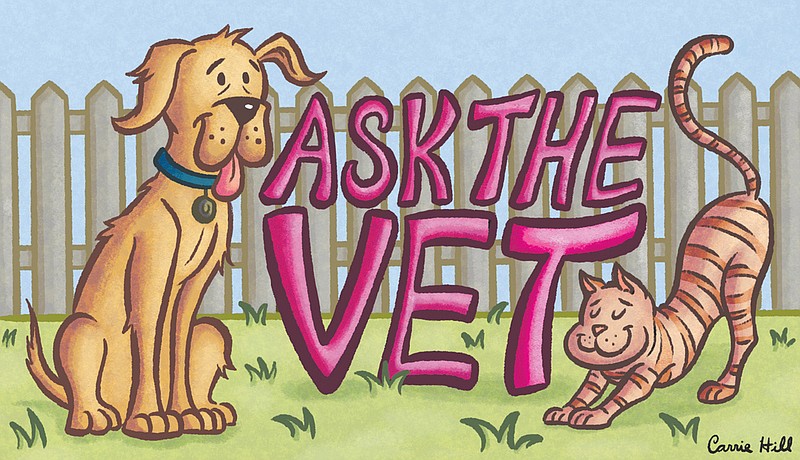Editor's note: Lee Pickett is on vacation. This column first appeared in 2019.
Q: I adopted my grandmother's cat, Sally, who is supposed to take medication but often puts up a fight. How do I get her to take her pills?
A: One of my cats, Carlie, happily takes her medication. Perhaps my technique will work for you.
While Carlie is eating yummy canned food, I tip her head up, open her mouth and drop the pill on the back of her tongue. Then I praise her and let her resume eating.
Offering tasty food before giving the pill lubricates the throat, which facilitates swallowing. The food reward afterward ensures the pill finds its way to the stomach and helps make the procedure easier the next time.
Another way to give a pill is to hide it inside a tasty treat, such as a Pill Pocket. Pill Pockets come in a variety of flavors and are available at animal hospitals and pet supply stores.
If Sally still refuses, try a pet piller, also called a pill popper. These handy devices come in different styles and are available at animal hospitals and pet supply stores. Remember to praise Sally and reward her with food or a treat.
If pilling continues to be a challenge, ask Sally's veterinarian about an alternative dosage form. Some medications are available as flavored liquids, long-acting injections or transdermal gels that are rubbed onto the ear flap and absorbed through the skin.
Q: When I donated blood this week, I saw a poster asking for dogs to donate blood when the bloodmobile comes to the parking lot one day next month. I had no idea my dog could donate blood to help other dogs. What's involved in canine blood donation?
A: The U.S. has more than 80 community-based canine blood donation programs that provide whole blood and blood products, such as packed red blood cells and concentrated platelets.
Blood products are used to treat dogs with traumatic injuries and toxic conditions, such as destruction of red blood cells after ingestion of zinc pennies, or inability to clot blood after anticoagulant rodenticide exposure.
The ideal canine blood donor is healthy, calm enough to sit still throughout the donation procedure, at least 55 pounds (since one pint of blood is drawn), between age 1 and middle-age and up to date on vaccinations. The dog should take no medications except preventives for heartworms, intestinal parasites, fleas and ticks.
Most programs prefer donor dogs with a Dog Erythrocyte Antigen 1.1 negative ("universal") blood type, so the blood bank will probably test your dog's blood before taking the donation.
If your dog qualifies, the blood bank will perform a routine wellness blood panel and test for bloodborne infectious diseases.
You'll receive those test results, and your dog will go home with a goody bag. More importantly, you will know your dog helped save other dogs' lives through his blood donation.
Lee Pickett, VMD, practices companion animal medicine in North Carolina. Contact her at askthevet.pet

